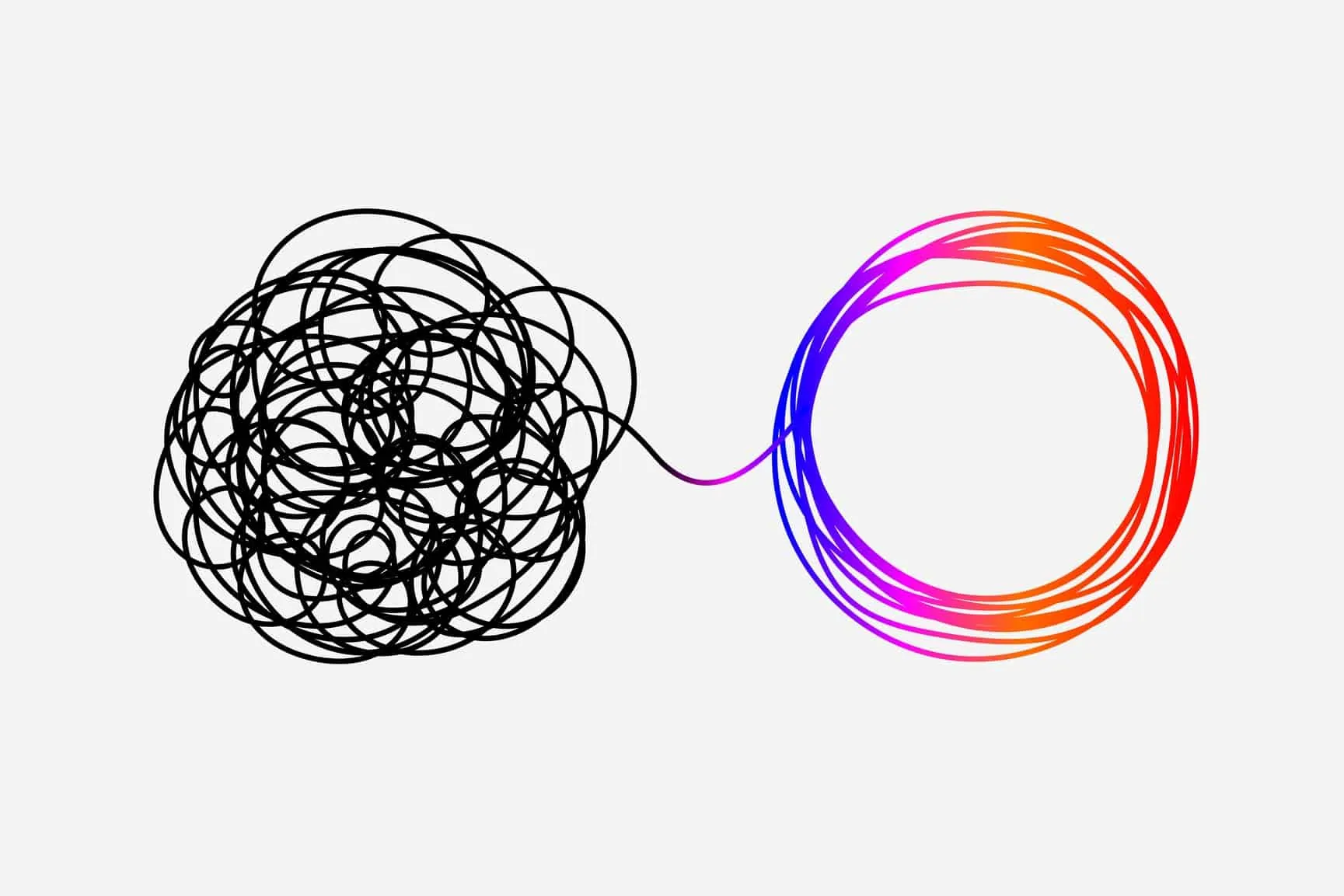This list is not meant to note down every single disorder known to the psychiatric community – for that, we refer readers to the American Psychiatric Association (APA), and the Diagnostic and Statistical Manual of Mental Disorders, 5th Edition, published in May 2013.
There is no list more comprehensive and complete than the DSM itself, which serves as a continuously updated body of knowledge providing a consensus on various conditions, many of which have only recently been discovered and studied, others of which have been the subject of study and interest for decades.
Instead, this list is meant to provide readers and parents with an overview of what psychological disorders and related mental health conditions teens commonly struggle with, as well as how each of these psychological disorders are defined.
Neurodevelopmental Disorders
Neurodevelopmental disorders refer to conditions related to an abnormal or slowed development of the brain, usually identified in early childhood or infancy. These include a vast array of conditions defined by diminished brain function in regards to things like regulating emotion, self-control, learning ability, and intellect. Some examples of neurodevelopmental disorders include:
Intellectual Disability
Intellectual disability is a neurodevelopmental disorder characterized by severe cognitive delays. Children who are diagnosed with an intellectual disability will struggle to learn and interact with the world around them at the same pace as their peers. They may score significantly lower in IQ tests, take longer to learn to walk and crawl, and develop communicative skills at a slower pace.
Autism Spectrum Disorder
Now better understood as a complex disorder with a variety of symptoms, autism is best defined as a neurodevelopmental disorder with symptoms such as reduced social skills, problems with nonverbal communication, repetitive behaviors, and more.
Attention-Deficit/Hyperactivity Disorder
Attention-deficit/hyperactivity disorder (ADHD) is characterized by inattention, hyperactivity, and impulsive behavior. While it is usually diagnosed in children, it does last into adulthood (as do many other neurodevelopmental conditions), and it affects many adults as well.
Learning Disorders
Learning disorders refer to conditions such as dyslexia, dyscalculia, and dysgraphia. While not limited to these conditions, learning disorders are usually characterized by severe difficulty with information processing, often due to differences in the brain.
Communication Disorders
Communication disorders are characterized by a limited ability to speak, including slurred or stuttered speaking and other forms of verbal difficulty. Communication disorders can also include nonverbal and graphic communication problems, and their symptoms vary from mild to very severe.
Obsessive-Compulsive Disorder
Obsessive-compulsive disorder (OCD) is a condition split into two major components: obsessions and compulsions.
-
- Obsessions are often delusional or illogical thoughts that are intrusive and persistent and remain with a person for years or decades. They can range from severe paranoia of germs or the strong belief that something terrible might happen.
-
- Compulsions are coping mechanisms born out of these intrusive obsessions, often just as nonsensical as the obsessions themselves. They may be ritualistic or repetitive or exist as a strict rule set to be followed before every action. OCD symptoms can range from mild to severe depending on how they impede on day-to-day living, but even mild cases require long-term treatment.
Personality Disorders
Personalities are a complex interplay of behavior, thinking, and feeling. The APA describes personalities as “individual differences in characteristic patterns”, and while people come with all sorts of personalities, some patterns of thinking and behaving are far outside of the norm and suggest disorder. Personality disorders can be split into three major clusters:
-
- Cluster A (Eccentric): Cluster A is characterized by odd thinking and delusions, and includes paranoid personality disorder, schizotypal personality disorder, and schizoid personality disorder.
-
- Cluster B (Dramatic): Cluster B is characterized by overly dramatic behavior, manipulation, and antisocial behavior. Cluster B includes antisocial personality disorder, narcissistic personality disorder, borderline personality disorder, and histrionic personality disorder.
-
- Cluster C (Anxious): Cluster C is characterized by signs of severe anxiety and paranoia. It includes avoidant personality disorder, obsessive-compulsive personality disorder (not to be confused with OCD), and dependent personality disorder.
Disruptive Disorders
Disruptive behavior disorders, which include conduct disorder, impulse control disorder, oppositional defiant disorder, and other related conditions (such as the more well-known examples of pyromania and kleptomania) refer to behavioral disorders characterized by a severe number of dangerous behaviors, often identified during childhood and adolescence.
Disruptive disorders don’t refer to isolated incidents or mistakes. To diagnose a child with a disruptive behavior disorder, they must display aggressive and dangerous behavior on multiple occasions, with long-lasting symptoms, and a variety of settings and situations (i.e. it doesn’t only occur at school).
Trauma and Stress Disorders
Trauma and/or stress disorders usually refer to two disorders: acute stress disorder and post-traumatic stress disorder (PTSD). Acute stress disorder refers to symptoms of a stress disorder developing immediately after a stressful or traumatic event but lasting no more than about a month. Post-traumatic stress, on the other hand, can last years or longer, and can develop after an acute stress disorder or as late as six months after the traumatic event occurred.
The effect trauma can have on the mind is best described by the word’s original meaning: a mark is left on the survivor, and stress disorders are characterized by symptoms of carrying that mark, including avoidant symptoms and dissociation, as well as intrusive thoughts and flashbacks, and prominent symptoms of anxiety and depression.
Dissociative Disorders
Dissociative disorders center on the concept of dissociation, which is described as splitting from oneself, from reality, or from both. A person can dissociate from who they are, or they can dissociate from the moment. Symptoms of dissociation are varied and may occur after emotional or physical trauma to the head. They include dissociative amnesia, dissociative fugue, depersonalization, and dissociative identity disorder (previously called multiple personality disorder).
Eating Disorders
Eating disorders often co-occur with other conditions and may in some cases be heavily related to body dysmorphic disorder (an anxiety disorder centered around appearance). The two eating disorders most people are familiar with are bulimia nervosa and anorexia nervosa. Others include binge eating disorder, pica, avoidant/restrictive food intake disorder, and rumination disorder.
Mood Disorders
Mood disorders include two major types of disorder: depression, and bipolar disorder. Depressive disorders come in many shapes and sizes, including dysthymia, major depressive disorder, perimenstrual dysphoric disorder, perinatal depression, seasonal affective disorder, and persistent depressive disorder among others.
Bipolar disorder is characterized by a cycle between a state with depressive episodes and a state with manic episodes. These shifts occur only a handful of times a year, and anything more than four shifts per year is considered a rapid cycling bipolar disorder. Bipolar is also split into two types: bipolar I involves severe mania and depression, while bipolar II involves milder symptoms of mania (hypomania) coupled with severe depression.
Anxiety Disorders
Anxiety disorders are a group of disorders characterized by excessive or extreme fear or worry. Some common forms of anxiety disorders include general anxiety disorder, social anxiety disorder, panic disorder, agoraphobia, and other phobias. Anxiety disorders are some of the most common psychiatric conditions in the world and affect more people than any other type of mental health issue.
While there are several different types of anxiety (particularly when counting specific phobias, which are real and debilitating), their ongoing theme is a persistent and irrational fear. It is normal to worry and feel unease given the appropriate situation, but sometimes, an overload of stress and other conditions can lead to a continued state of panic and fear even in a calm setting.
Substance Use Disorders
Substance use disorders are the DSM equivalent of an addiction, with a strict diagnostic criterion to differentiate between recreational use, problem use, and a disorder. An addiction, as defined by the NIDA, is the continued and compulsive use of an addictive substance despite negative consequences.
A substance use disorder is characterized by a series of social, psychological, and physical symptoms indicating frequent drug use. Substance use disorder can vary from mild to severe, with different symptoms and treatments. Not all substances are addictive, and most substance use disorders are generally limited to the following types of addictive drugs:
-
- Stimulants
- Depressants
- Psychedelics
- Opioids
Like opioids, marijuana does not cleanly fall into any category and is considered its own type of psychoactive drug. While many of these drugs have medical uses (from anti-anxiety medication to painkillers like codeine and various cannabinoids), they can also cause a substance use disorder.
Seeking Help for Psychological Disorders
Many of the conditions listed above are a lifelong issue and cannot be “cured”. However, they can be managed, and in most cases, especially when addressed with professional attention in the teen years, they can be mitigated to the point that the patient can live a long and prosperous life despite their diagnosis.
Some of the most brilliant people in the world have struggled with psychological disorders and related issues, and we must come to learn that these problems, when managed in a proper way, do not necessarily impede on a person’s potential or their chances for a happy life.
However, addressing psychological disorders and other mental health related issues in a timely fashion is critical. Some conditions respond best to treatment when treated as soon as possible. Be sure to work with a reputable clinic or team of professionals when seeking ways to help your teen (or yourself) cope with psychological disorders.









